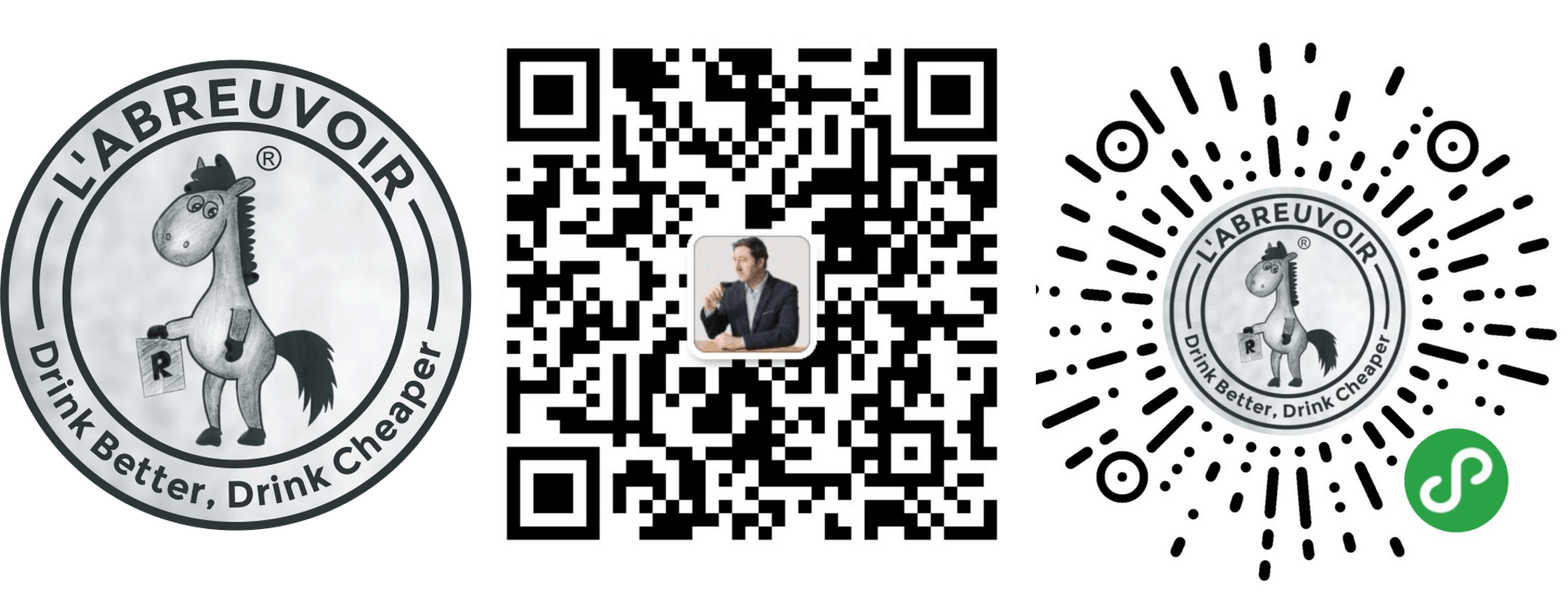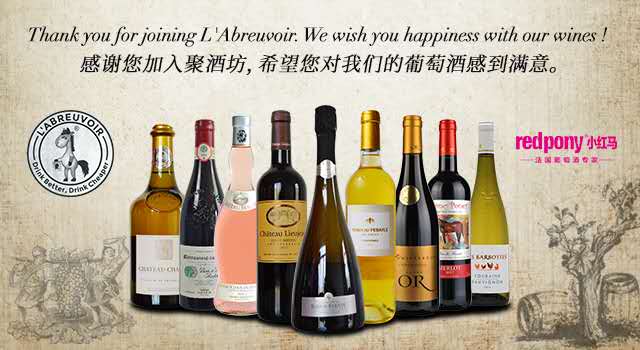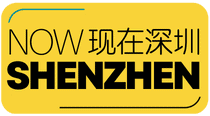As a wine exporter and importer in China since 2006, I have seen my share of dubious products labeled as imported wine and an even more impressive amount of fake spirits.
Even though as a professional I know the tricks to differentiate the real from the fake, it can be a challenging task for the people who are not from the alcoholic beverages industry.
First let’s review the Different Kinds of Fakes:
In the article I will be using the words fake, counterfeit and other terms without much differentiation. However, there a few different kinds which range from petty crime to severely criminal and harmful to people’s health.
In the other parts I will not differentiate since the categories listed below can lurk in any sales channels that I will review.
Here, I will only focus on wines, since it is my expertise.
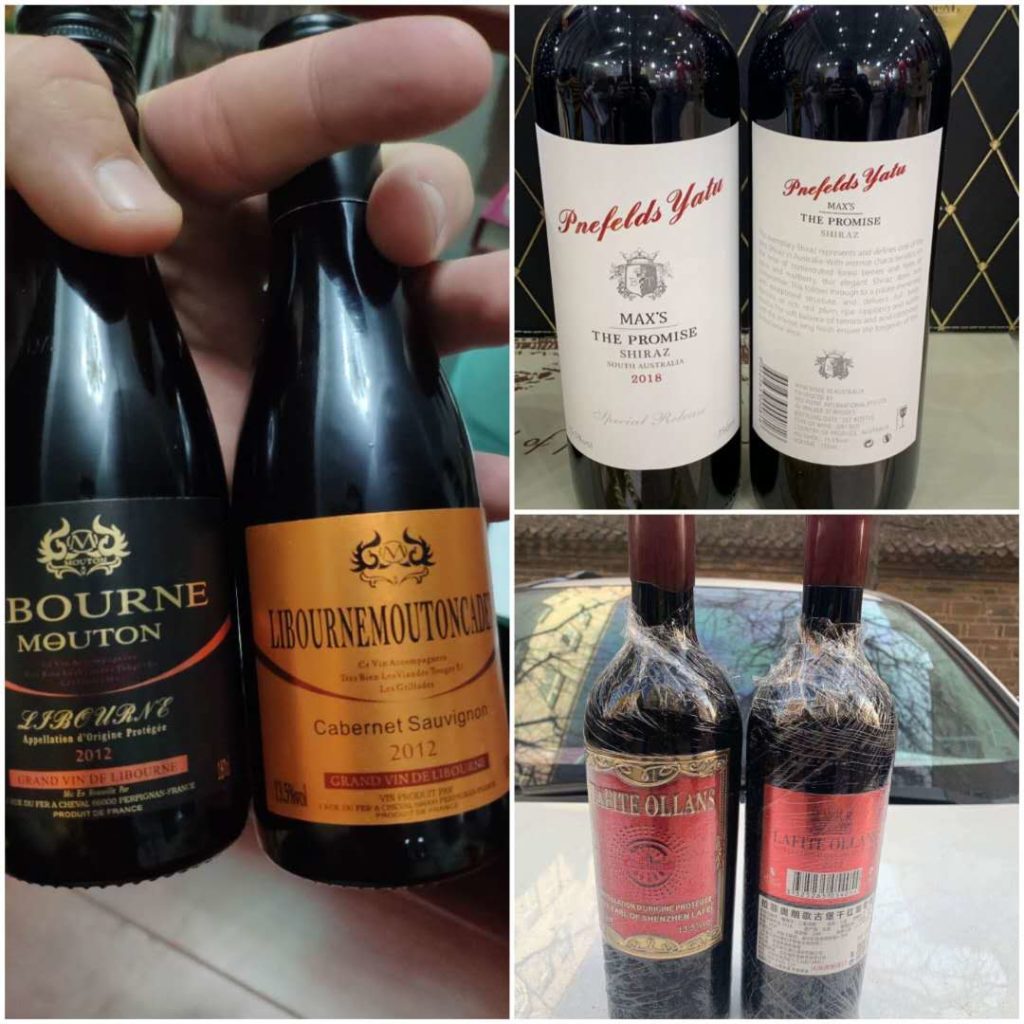
Credit: Wechat Group Fake Wines in China
These are real wines with wrong label – basically you would pay premium for cheap stuff.
A good counterfeit can be hard to spot – some would even cheat a sommelier’s palate.
Yes, it has indeed happened and not only in China (most famous case was in the US with Burgundy Grand Cru).
In this situation, you just get cheated out of your money.
Look-alikes
These are wines with labels that look like a famous wine label but are not. More often than not, they don’t copy it 100% accurately.
Easy to spot in theory – again they took your money.
These are something (of unknown origin) with a weird- looking label. They often represent origins that do not exist.
You could read something like “Chatel Lafeibateau appellation Libourne”…
Easy to spot! – Hopefully you are smarter than that and they did not take your money.
Fake alcohol
These are the worst of all – they can hide in any of the previous categories.
This involves serious risk to health since it can lead to methanol poisoning (a result of poor distilling skills), which can have various effect from nausea, serious intoxication, blindness, or even death.
Also, the chemicals used for coloring and flavoring can have hazardous effects since these criminals don’t bother to check and they don’t mind anyway.
It is because of this specific issue that I deem it very important to develop skills to identify real wines.
Main “importing” channels
The vast majority of the legitimate importers only import products through the standard custom clearance channel i.e. buy from foreign producer, send by boat or plane (no donkey back), go through the customs process, pay their taxes (varying from 30% to 60% according to origin and type of alcohol) and deliver to their warehouse before distributing to their networks. As opposed as some three-tier-markets such as the U.S. (e.g. Importer sells to Distributors who in turn sell to the on-and-off trade), China-based importers are allowed to distribute the wines they import with the same license (Import and Distribution License).
It is a huge benefit for final customers since it means that they can buy directly from importers without bearing multiple intermediate distributors’ margins.
It also limits the risk of buying fakes since the product passes through fewer hands before reaching the consumer.
Then you have the cross-border business. This is not illegal, properly speaking, but it opens the door to fraudulent practices. Some sellers will say it went through cross-border process to justify that they cannot provide the tax invoice.
In my opinion the main advantage of this process is for personal, sampling, or tasting use. Its purpose is not for business since the quotas per person are quite low.
Third, you have smuggling. It is illegal, in case it needs to be said.
Here, there is a very high risk of counterfeit products. The price will be attractive (since no duty has been paid). As well, when you buy from somebody who is doing illegal stuff, you don’t get to cry if you buy fake.
I would absolutely not recommend buying anything through this channel.
Then -and that is the main source of fake wines- you get the import of bulk wine (sent in a 24 tons container-size “bag-in-box” called a flexitank).
These can come from Chile, Spain, France even and their official uses are:
- Bottled wine labelled with country of origin and bottled in China (that’s perfectly legitimate and allowed)
- Blend with Chinese local production to round up a wine labelled as product of China (that is also allowed – around 47% of all Chinese wine comes from imported bulk wine)
Unfortunately, it also means it is very easy to produce fake wines out of these. These guys have the bottling line, the labelling line, maybe even the printer sometimes and a supply of genuine imported wine.
Most of the imported bulk wine is processed in Shandong Yantai in (the growing region of Penglai).
Finally, some wines are sent to China already bottled but without final label – we call them the mini-labels. They can come from any region but are mostly on entry level wines. The wines are kept in bonded warehouses (under custom control) and will be labelled under private brands.
These ends up on the shelves of dubious retailers in 2nd and 3rd tier cities.
Even though there are controls about the labelling, it is super easy to make fake wines using this supply – once again real wine but not necessarily what it is labelled as.
Now, let’s have a look at where to buy real products in order to limit the risk of buying fake products
Franchise Convenience Stores
They don’t have a great range of wine and mostly on the entry-level side, but the stuff will very likely be genuine.
These will do just fine for the non-connoisseur buyer looking for a reasonably priced wine.
International Five Star Hotels
Here as well, you are unlikely to find fakes.
The reason is that the purchase policy is only to buy from a licensed importer and all products
need to come with an authenticated set of import document (plus a painstaking listing pro
-cess requiring a minimum of 5 of the hotel management staff to sign in any new product).
Foreign Supermarket Chains
Here (mostly) will be real wines but the large selection found in supermarkets leaves room for
the occasional honest, human mistake.
Once in a while, I spot a lurking villain hiding between the innocent real wines and spirits.
It can be explained by the fact that the buyers handle a lot of SKUs and sometimes they miss the little details that should alert them. Some fake sellers can be very convincing.
I would still consider this channel as generally safe, especially if you learn the tool-kit I provide below to identify fake items.
Importer’s Licensed Stores
I would consider these safe, but keep in mind that these stores don’t all belong to the importer. It means that the local owner (even though there are controls) can always bring in some other dubious products.
Online Platforms
Although there are a lot of controls from the platform, there are quite a lot of fakes in online sales. Let’s say “the more shops on the platform, the higher the risk,” and also that customer to customer (C2C) involves more risk than business to customer (B2C).
Below are some examples by decreasing level of safety for some mainstream platforms (safest to least safe):
- JD – JD own stock
- JD – Stock sold by other companies
- TMall – TMall own stock
- TMall – Stock sold by other companies
- Taobao – Corporate Sellers
- Taobao – Private Sellers
It does not mean that all products are fake. Far from that. It just means that the risk is higher the more you go down the list.
Restaurants, Bars and Clubs, Non-franchised Retail
China is too vast to generalize in these categories. I would say that a lot of fakes are sold through these channels.
I would take the reputation of the place into account, if I know the owner or not and so on. Also keep in mind that in China it is very common to bring your own bottle (BYO) in restaurants. Depending on the place, doing so will cost you between nothing to a corkage fee ranging from moderate to outrageous.
Specialist Stores
These include non-franchise wine cellars.
Some offer a great selection of wine at usually reasonable price, the owner usually manages the place personally and can offer you professional and friendly advice.
I would say that if you have one of these close to home it is one of the best way to buy your wine.
Probability of fakes here is very low, once you have asserted that the owner is a real wine lover and that he or she is honest.
Direct Purchase from Importers
This would be the safest of all and is a fast-growing segment of the market these days, especially through the online channels (largely due to the various recent isolation measures).
BUT you need to be careful in selecting the importer you buy from since some people and companies just pretend to be importers.
Below are a few key elements:
- Does the importer have respectable visibility, or is he or she hiding?
- Do they have an office that can be easily found?
- Do they accept showing you their import license and import documents?
- Do they have a temperature-controlled warehouse?
If the answer to any of these questions is no, then run away – either you are facing a cheater, or at least somebody who doesn’t even know how to store their product properly.
Auctions
I originally did not intend to mention this channel since the topic of this article was aiming at the laymen. However, it was pointed out as missing by people I respect in the industry.
You might think that auctions is a very safe channel since it involves big money and there are some professional verification and legal context around the whole thing.
However, the truth is very different, there are still thousands of “Kurniawan” wines being funneled through auctions all other the world especially in Asia.
Rudy Kurnawian is a guy who sold a lot of almost “perfect” counterfeit to connoisseurs in the US market – many of these are still around.
For more information about this case, I invite you to watch the documentary “Sour Grapes” which covers the topic at length.
Below is a non-exhaustive Toolkit to identify the most obvious details that can alert you in the process of minimizing the possibility of buying fake wines:
1. Look for spelling mistakes
The first sensible thing to do would be to check for spelling mistakes if the label is in a language you can read.
A label full of mistakes is obviously fake (if you haven’t looked closely before, you’d be surprised how common this error is!)
It is not a 100% fail-safe indication as I’ve witnessed a few genuine wines with some little mistakes, either because the designer was careless or because he or she was not proficient in English (for instance when French people write a back label in English). However, in case of doubt, I would suggest avoiding buying wine with mistakes unless being able to confirm that it is genuine – Guilty until proven innocent rule.
2. Check the internet
Another easy way is to check the internet. Type the wine name into a search engine and see what you find. If that wine exists on the international browsers and you can verify that the one you want to buy matches 100%, then it is likely real.
If you cannot find it, it does not mean it is not real, simply that it did not appear online. If you see it with a different label/packaging, check the legal information (bottler and zip code). If consistent, it might simply be that the wine has a few different labels.
3. Check the gencode and legal information
If the wine has a gencode (as do the vast majority), check it.
Gencodes carry various tracking information, the most relevant being the country number. It is the first number. For instance, for France it is 3. The following five numbers are the supplier code and the final numbers are the product number inside the supplier’s portfolio.
Also (see image with back label) check if all the required legal bits appear on the label.
For instance, if bottler name or zip code is missing, it can either be fake or not originally intended to be sold in China (not all countries and channels require a gencode – I’ve seen quite a few GCC labels without gencode since they are purchased by merchants who in turn sellback to final buyers).
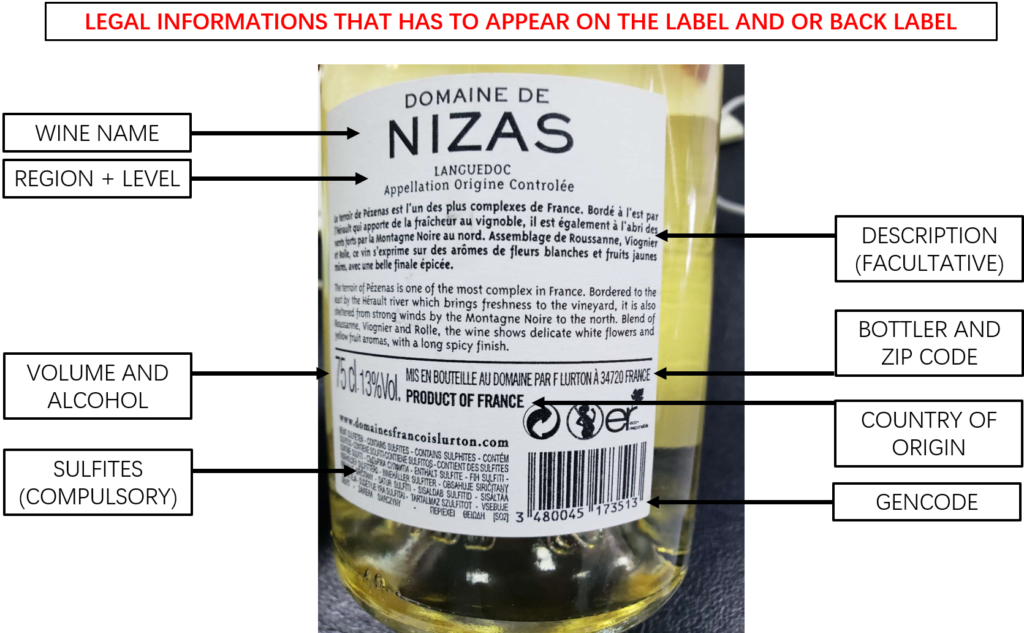
4. Check the Chinese back label
Every imported wine (or any imported food product for that matter) goes through the customs clearance process and is required by law to have a Chinese back label stating particular information.
If you are not buying in a duty-free zone and there is no back label, you should inquire why. It is possible if you buy from a friend that simply hand carried it from a Duty Free Store for instance.
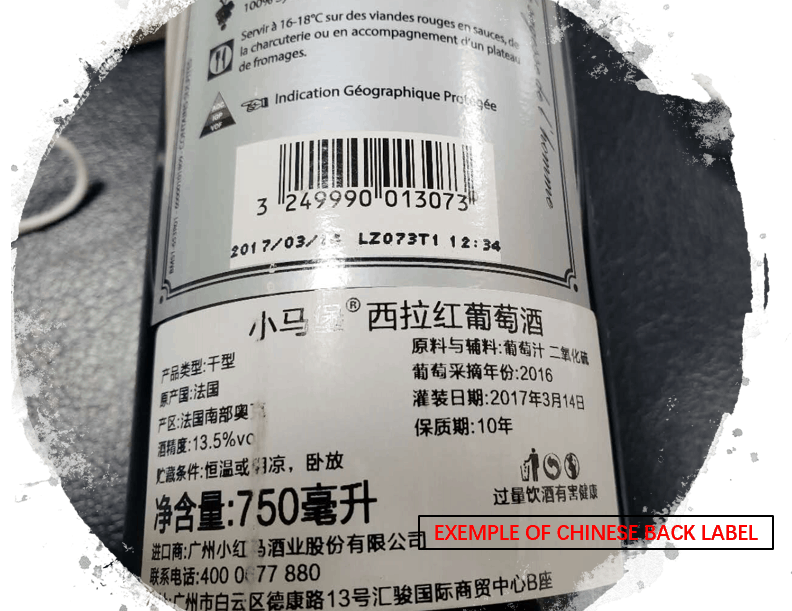
5. Does the region stated on the label even exist?
Some fakers will not even bother to try and copy real labels correctly. I saw my share of “Appellation Libourne Controlee” (Libourne is the region of Saint-Emilion and Pomerol on the right-bank of Bordeaux but it is not a wine region) and “Bordeaux Appellation Yantai Controlee” (this one is obvious a false label).
6. Send a picture of the wine to a professional (obviously not the seller).
If you have friends from the industry, it does not hurt to send them a picture of the wine you are planning to buy. They can check it out and confirm or at least tell you “I don’t see any obvious sign”.
For professional advice, the picture(s) should be clear enough for your friend to be able to read the front label AND the back label.
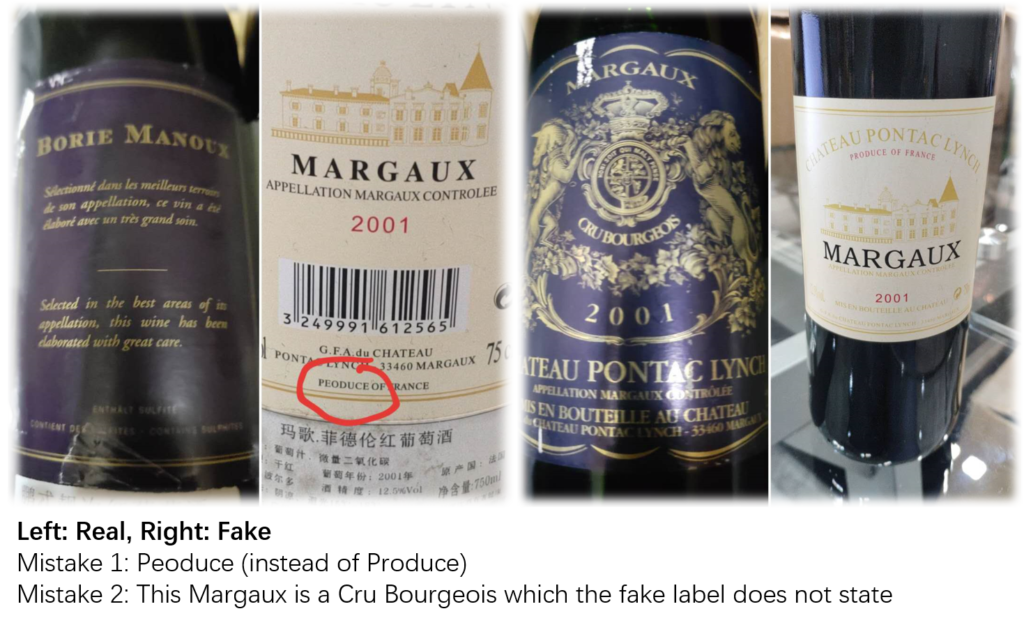
Recent Developments:
I will finish with an anecdote about the current situation in China as of April 2020.
As bad and saddening as the Covid-19 is in every other aspect of life and business, it has had an interesting side consequence in the area of fine wines and high-end spirits.
The shut-down of the borders means there is currently barely any possibility of smuggling at all. In recent weeks I had been amazed at the abnormally high number of requests for premium products such as Chateau Lafite or Cognac Louis XIII, until I realized that the back-door channels were probably shut down.
This indeed helps in fighting the fakes since everyone knows the borders are closed. (Remember that many fakes are sold by alleged smugglers, especially on the high-end.)
Jonathan Dahan has been working in imported wine and spirits in China and throughout Asia since 2006. He has experience in the industry at every level of the supply chain from final distribution to import and export.
He is currently Asia Export Director for Domaine Francois Lurton, a famous French wine producer with estates in France, Spain, Chile and Argentina. He is also a founder in Guangzhou Red pony Wines and Spirits, a Guangzhou based wine importer and one of the men behind the acclaimed wechat platform L’Abreuvoir, which provide services, food and wine to the community.
Even now, while holding a few wine degrees, he keeps studying about wine every day.
If you have any doubt about a wine authenticity or any wine related question, feel free to send an inquiry to the author.
- www.redpony.com
- www.redpony.cc
- www.redpony.org
